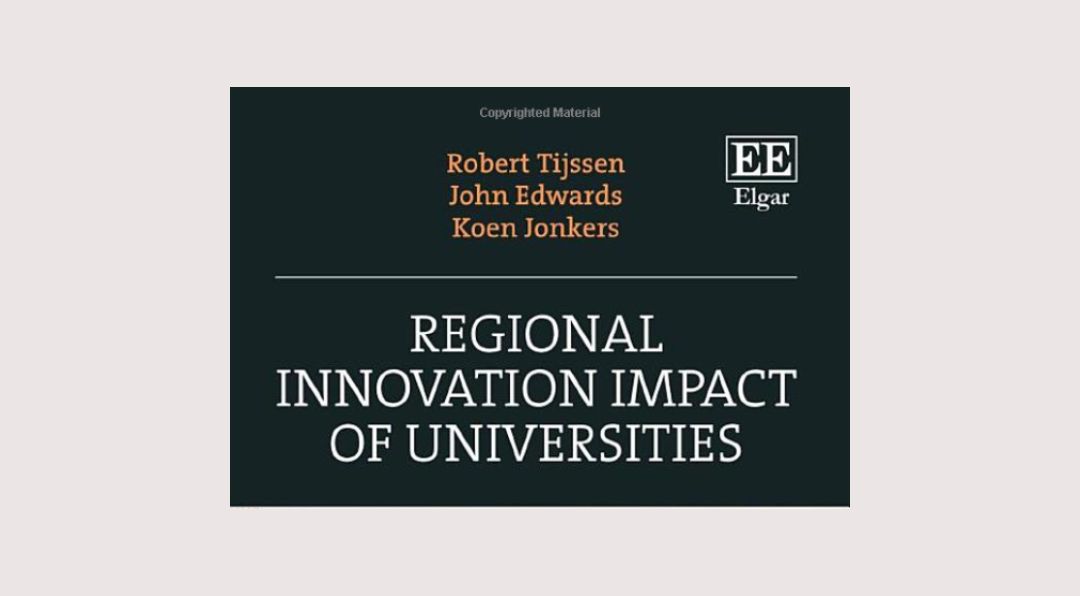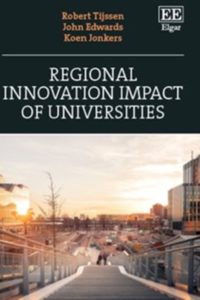A group of 11 Universities of Applied Sciences from five national associations are about to embark on an exercise to assess their regional impact.
As part of the EURASHE flagship project UASiMAP, the first task will involve using a bespoke self-assessment tool, inspired by HEInnovate. A second task will see the UAS deepen their understanding of regional impact through the collection of quantitative and qualitative indicators (a ‘narrative with numbers’), according to the Regional Innovation Impact Assessment (RIIA) model developed within the European Commission’s Joint Research Centre. Self-assessment reports will be written under the guidance of Prof. Robert Tijssen, the lead author of the book Regional Innovation Impact of Universities (open source), and the JRC expert that co-developed the framework. The reports will then be shared among the 11 UAS who will participate in a peer-learning workshop in Portugal in June. The objective of the exercise is not only to help the participating UAS to better understand their regional ‘footprint’, but also to help national and European authorities design methods for assessing impact. The results of the exercise will be disseminated and built on as part of the final work package of UASiMAP, including a special session at the 2023 EURASHE Annual Conference.
Following a training session for the participating UAS led by Prof. Tijssen, EURASHE President Armando Pires commented that ‘Contributing to local and regional development makes up the DNA of UAS. In fact, many EURASHE members were founded precisely for this reason. Therefore, to use RIIA within the UASiMAP project to help us fully understand how we make an impact is an important step in strengthening our regional vocation. I hope the results can be disseminated widely within the association and help policymakers design funding schemes that reward regional impact.’
Prof. Robert Tijssen of Leiden University remarked that “The RIIA framework was developed using case studies from traditional academic universities, but it also offers attractive possibilities for further customization to fit specific profiles of UAS. I am therefore delighted that EURASHE has given me the opportunity to use RIIA with a group of committed UAS from different parts of Europe. I hope that the results can be useful not only for the institutions but also for regional, national and European policymakers, as well as to further develop the RIIA model itself”.
| Belgium | Arteveld, Gent Thomas More, Antwerp Howest |
| Ireland | IT Sligo TU Shannon |
| Hungary | Kodolányi János University, Budapest University of Dunaújváros |
| Portugal | IP Coimbra IP Portalegra |
| Estonia | TTK University of Applied Sciences Tallinn Health Care College |
National Associations – EURASHE members




Recent Comments